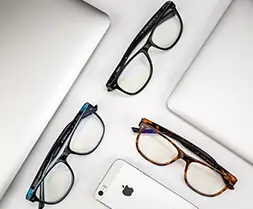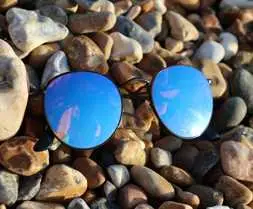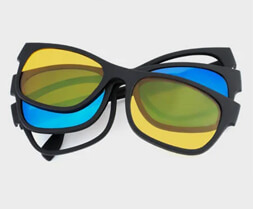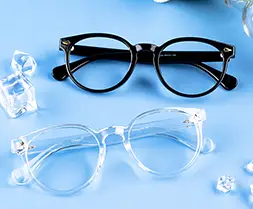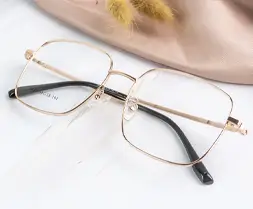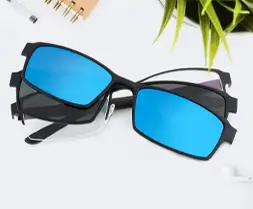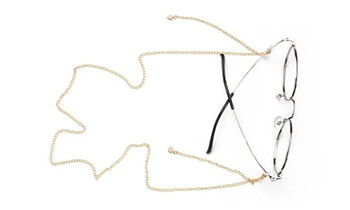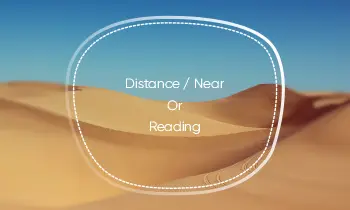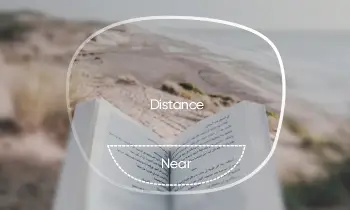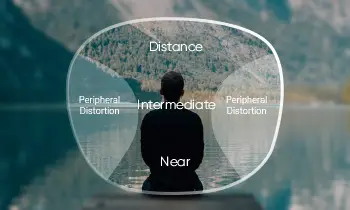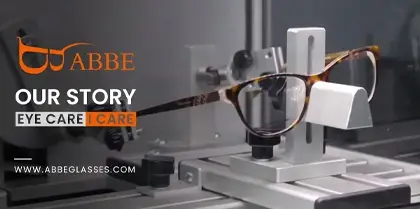Recently, officials in a Central Texas county are gearing up to close its public libraries after a federal judge in Austin ordered them to return banned books to shelves.
Let's not go into too much detail about the reason for the whole thing. As a book lover, I am sad that the library will be closed. Paper books have existed for thousands of years as a carrier of human civilization. With the emergence and development of electronic devices, because of the convenience and ease of use of e-books, most paper books have been replaced by e-books. So, are e-books always better than paper books? From the eyes of our receiving book content, that is not necessarily the case.
The first thing that can be determined is that reading paper versions of books is less harmful or more protective to the eyes. The reason for this is obvious: under equal circumstances, natural reflections are always more beneficial to the eyes than light emitted from electronic devices; after all, the eye's visual function is a result of a long evolutionary process stimulated by the reflection of natural light.
How Our Eyes Work When Reading?
The eye is a complex human organ, or rather a complex optical processing system, whose basic principle is that it collects light from the surrounding environment, focuses it through the internal vitreous humor (which acts like a lens) to form a clear image, which is directed to the fundus retina and converted into a set of electrical signals, which are transmitted to the brain through complex neural pathways.
In the universe, various celestial bodies emit a wide range of electromagnetic waves, from radio waves to gamma-ray wavelengths, and the so-called light is actually an electromagnetic wave. The wavelength of light that our eyes can see is closely related to the sun due to the filtering effect of its atmosphere, the Earth, where we have located, leaves only electromagnetic waves with wavelengths in the range of 0.39 to 0.76μm (visible light) and wavelengths in the range of 1mm to 10m. This has led our eyes to eventually develop a corresponding receptive processing system for visible light over a long evolutionary process.
Therefore, bright, soft light is significant for vision; conversely, if the light is poor (too bright, too dark, glare, reflections, etc.), especially in study, work, and life in the eye intensity of the environment light is not appropriate, it will obviously affect vision and form damage to our eyes. In mild cases, nearsightedness may develop, and in severe cases, various serious eye diseases may occur. For this reason, the state has set strict standards for light illumination requirements for different indoor settings (for example, illumination > 300 Lux when reading/writing in the study).
Reading environments and times
In general, to ensure that the light level when reading is in the national standard range, reading objects and eyes to maintain a suitable distance (the general distance should be kept at least 35 cm or so), and continuous reading time should not be too long in the case of eye protection is extremely beneficial. With this as the equivalent case of reading, reading paper books is more beneficial to the eyes than reading with e-books. Especially if you are already nearsighted, don't think you can read for a long time with prescription glasses; that is wrong.
In the equivalent case described above, when reading a paper version of a book, the only light our eyes receive is the visible light reflected through the paper, and there are no other wavelengths of light or electromagnetic waves. It is not harmful to the eyes.
And the use of e-book readers for reading, whether it is a cell phone screen, tablet, or the use of ink screen reader, its light-emitting principle is simply said to be generated by liquid crystal, light-emitting diodes and gas plasma, and other artificial objects after energized light, which in addition to producing visible light, there are other wavelengths of light, such as the blue light harmful to the eyes, we generally call it radiation. It is highly recommended that people who like to read e-books wear a pair of anti-blue light glasses to protect their eyes from harmful blue light from digital screens.
In summary, under the same circumstances, reading paper books is far more beneficial to the eyes than reading through e-books. However, it should be noted that as long as the reader should maintain the correct posture and the appropriate distance (the distance between the eyes and the text) and does not read for a long time; otherwise, it will cause damage to the eyes.



